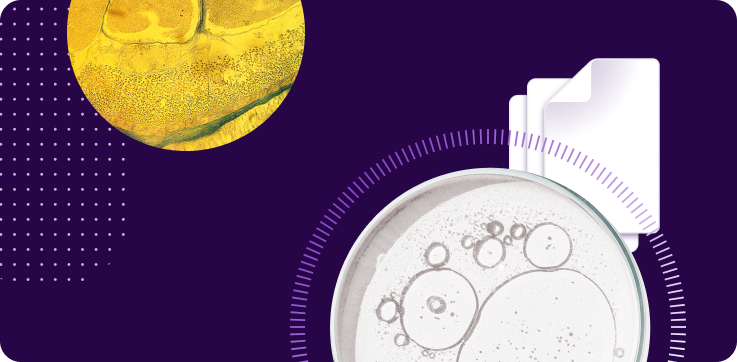
Risk management is a systematic process of identifying, assessing, and controlling potential hazards and their associated risks. In the pharmaceutical industry, it is essential to ensure product quality, patient safety, and regulatory compliance.
By integrating risk management principles into the CAPA process, organizations can enhance their overall quality management system.
Here’s how.
The Intersection of CAPA and Risk Management
CAPA and risk management are interconnected components of a robust quality management system. While CAPA focuses on reactive measures to address identified deviations, risk management takes a proactive approach to prevent issues from occurring. By combining these two disciplines, organizations can achieve a higher level of quality and compliance.
Applying Risk-Based Thinking to CAPA
Risk-based thinking involves prioritizing CAPA activities based on the potential impact of the deviation. By assessing the severity and likelihood of occurrence, organizations can allocate resources effectively and focus on high-priority issues. This approach helps to optimize the CAPA process and prevent product failures.
Risk Assessment Tools in CAPA
Effective CAPA relies on robust risk assessment to prioritize actions. Several tools aid in this process:
- Failure Mode and Effects Analysis (FMEA): Identify potential failure modes, their effects, and the likelihood of occurrence. This helps prioritize prevention efforts.
- Hazard Analysis and Risk Assessment: Evaluate potential hazards, assess their severity and likelihood, and determine necessary controls.
- Risk Priority: Quantify risk by multiplying severity, occurrence, and detection to prioritize CAPAs.
By employing these tools, organizations can make data-driven decisions and allocate resources efficiently.
Benefits of Integrating CAPA and Risk Management
Combining CAPA and risk management offers several advantages for pharmaceutical companies:
- Informed Decision Making: Leverage data and risk assessments to prioritize CAPA actions effectively.
- Optimized Resource Allocation: Focus limited resources on high-impact deviations.
- Proactive Issue Prevention: Identify and address potential problems before they occur.
- Regulatory Compliance: Demonstrate a robust risk management approach to meet regulatory standards.
- Patient Safety: Prioritize actions that directly impact patient safety.
- Continuous Improvement: Use risk assessment to identify areas for process enhancement.
By integrating these two critical functions, organizations can build a stronger quality management system and reduce overall risk.
Optimizing Quality through CAPA and Risk Management
The integration of CAPA and risk management is essential for pharmaceutical quality. By combining these disciplines, organizations can proactively identify, assess, and mitigate risks, leading to improved product quality, enhanced patient safety, and stronger regulatory compliance. A risk-based approach empowers companies to make data-driven decisions, optimize resource allocation, and build a culture of continuous improvement.Download our white paper to learn more about these critical quality management tools.



